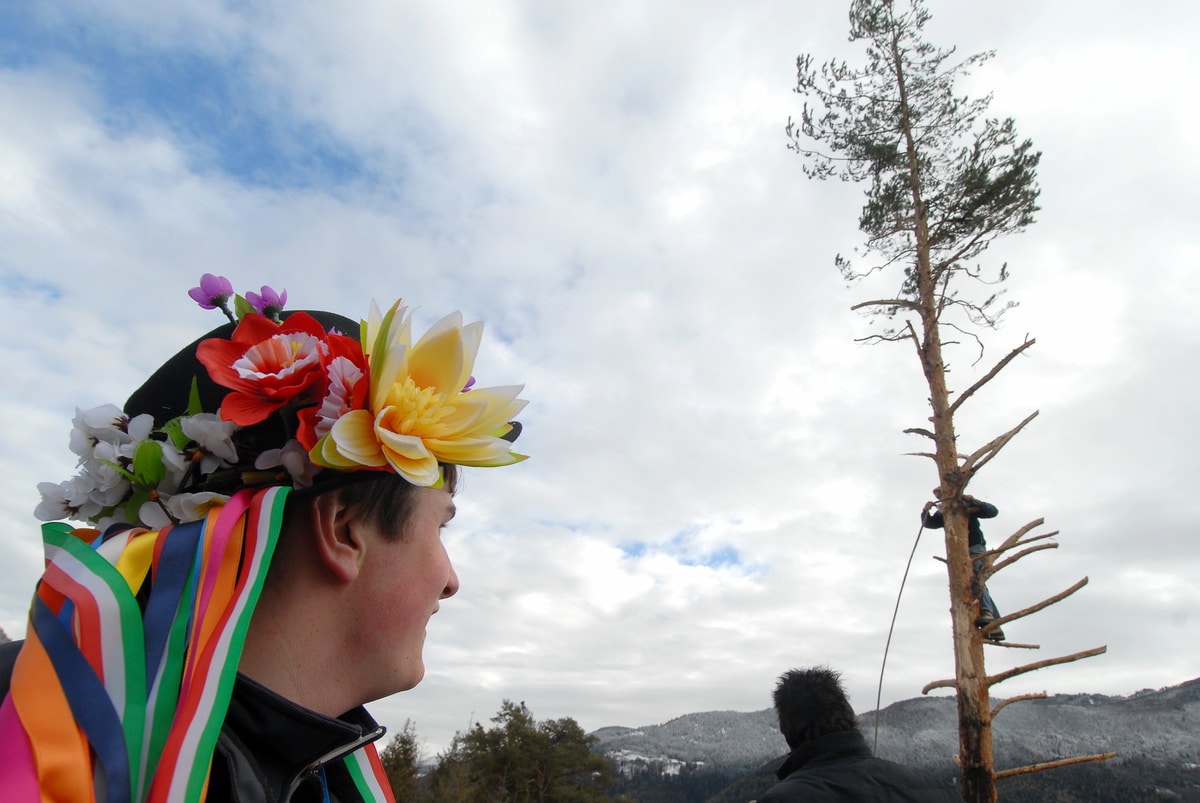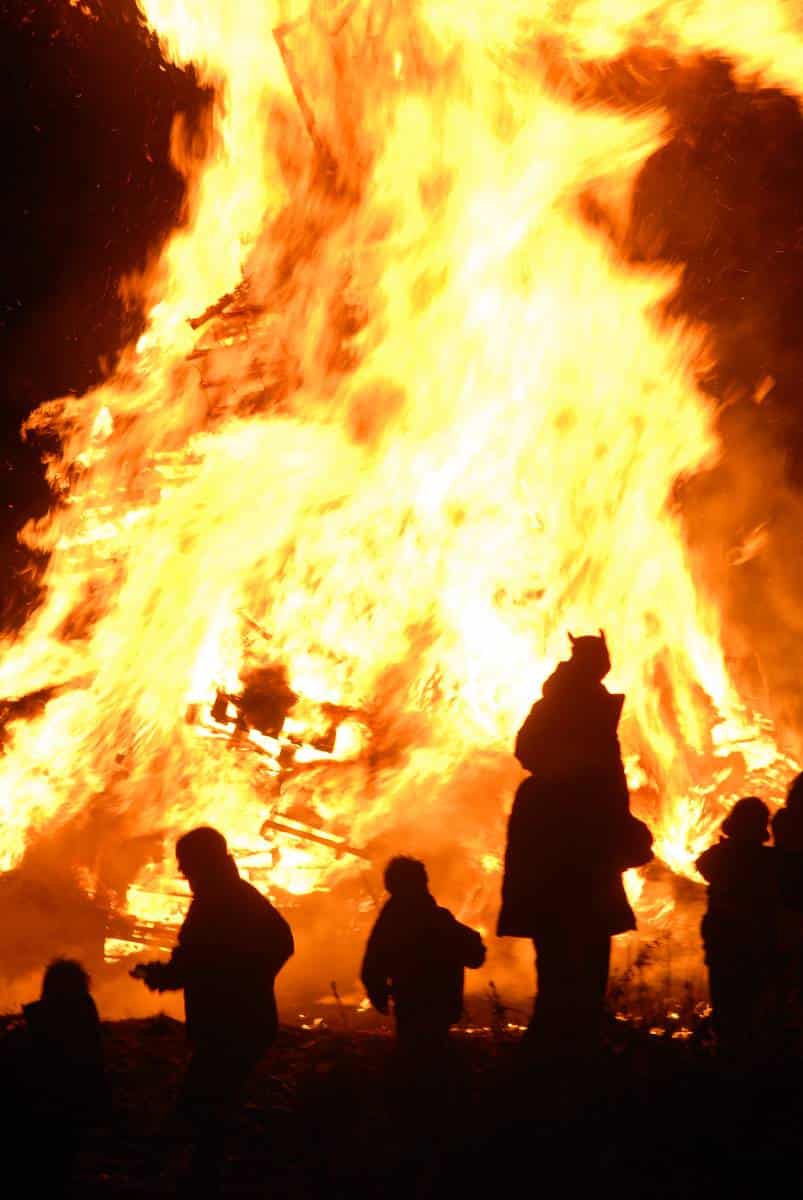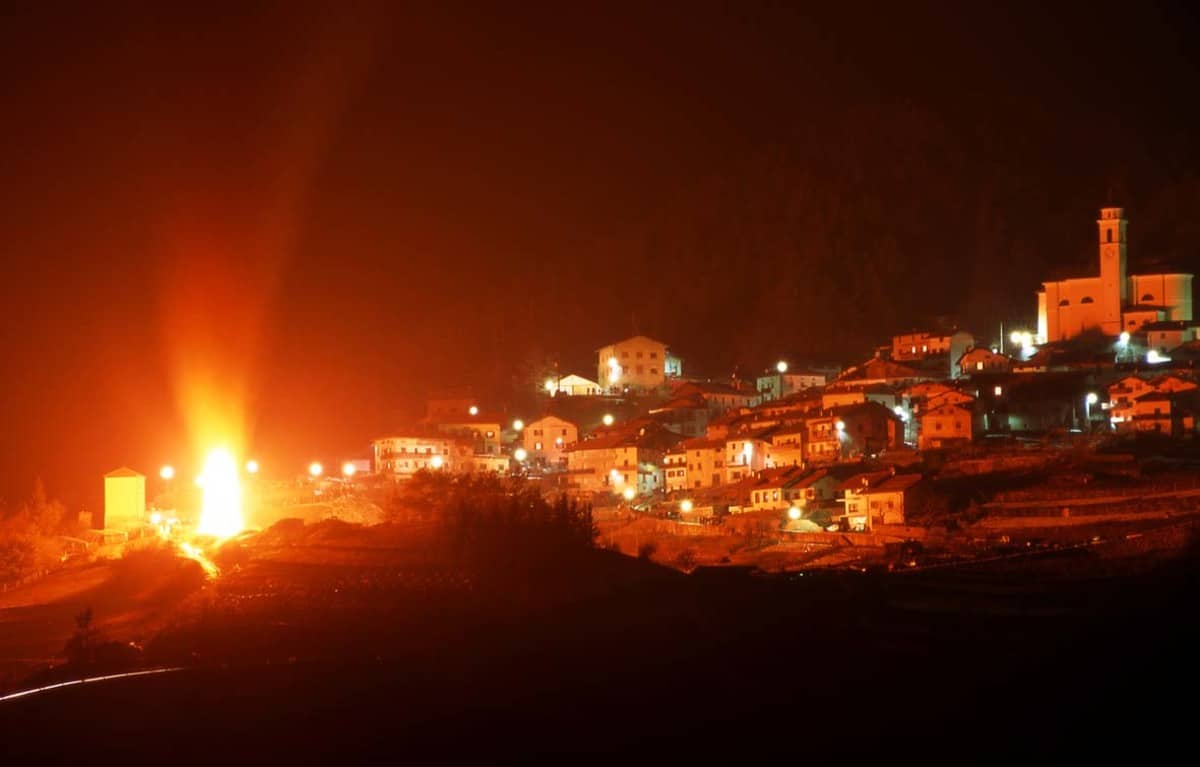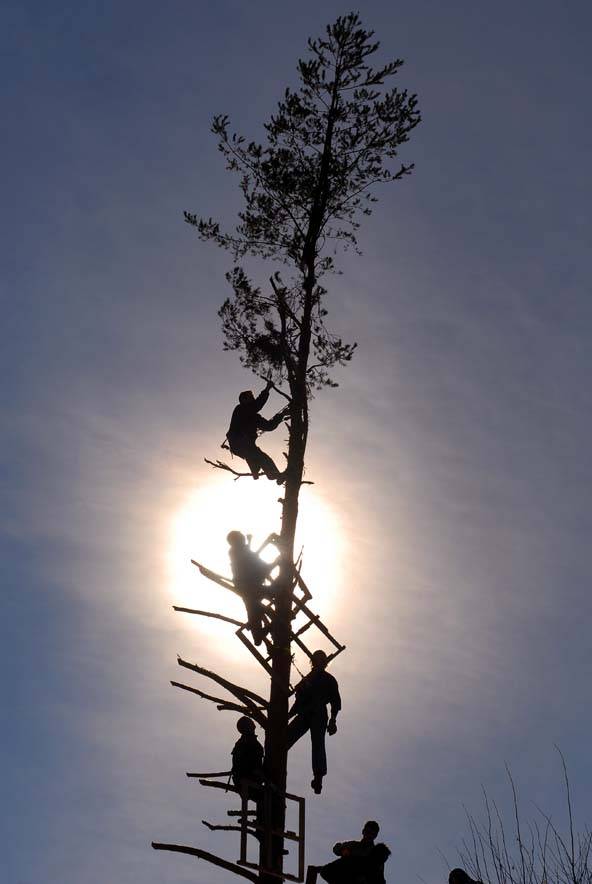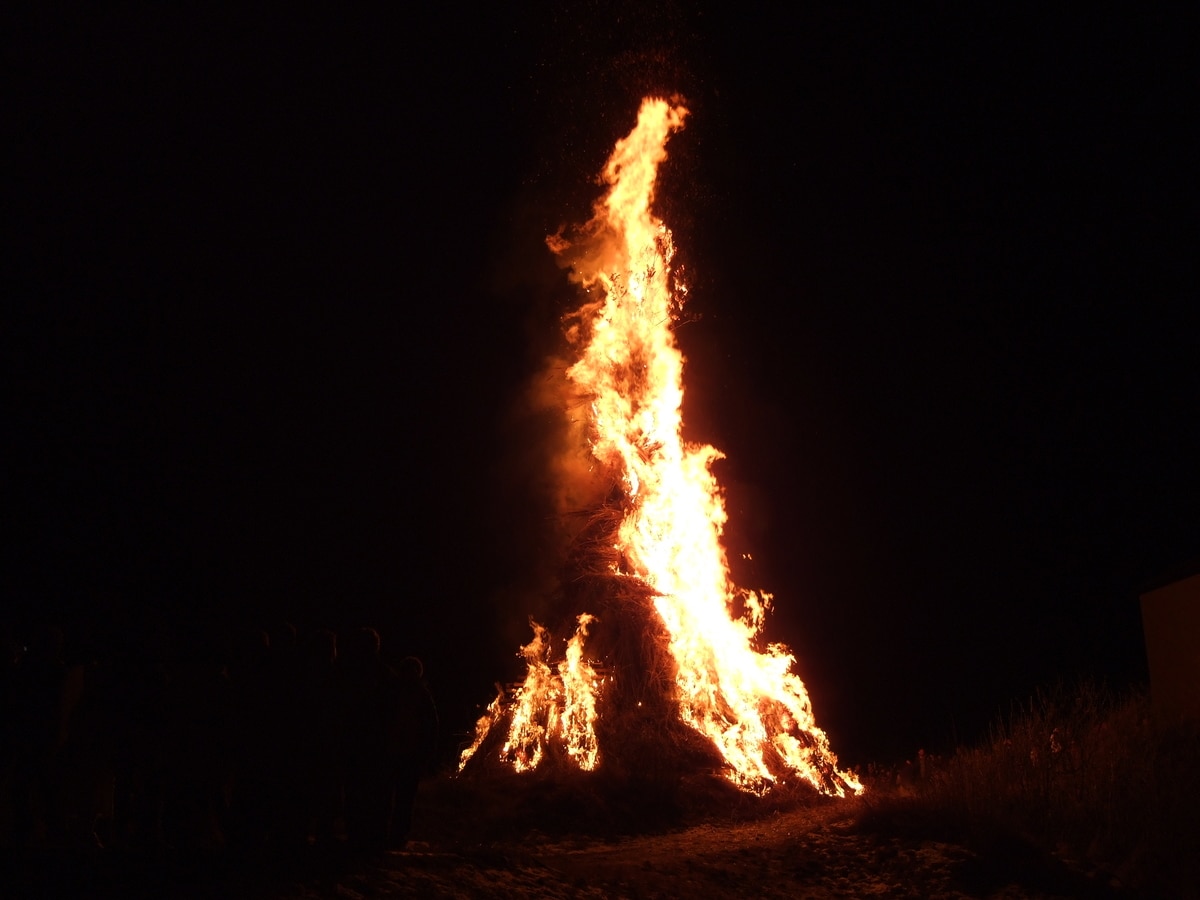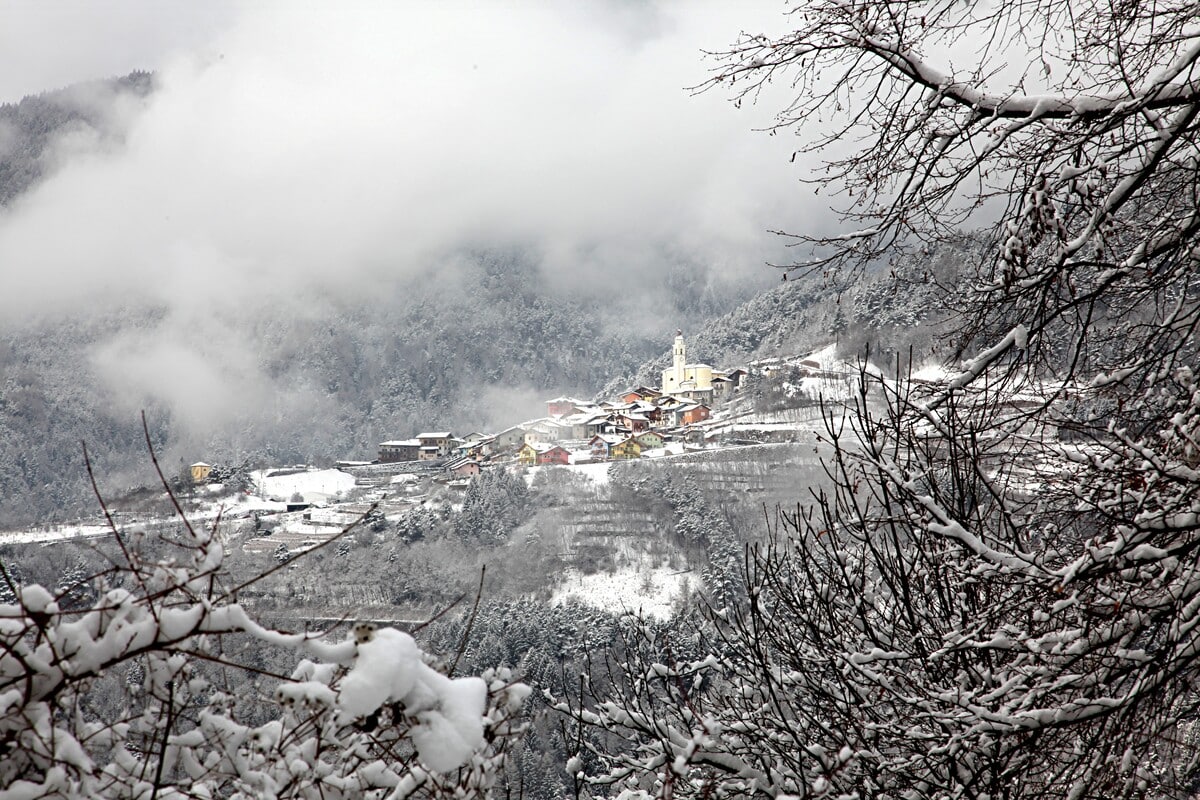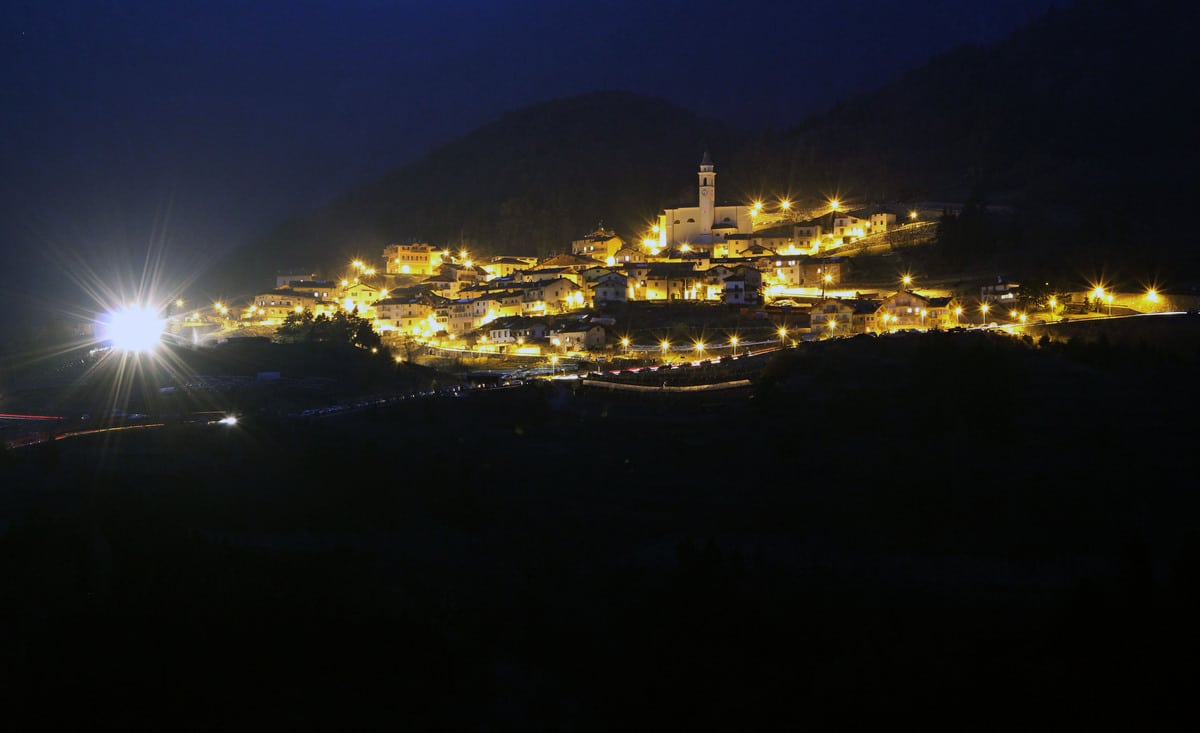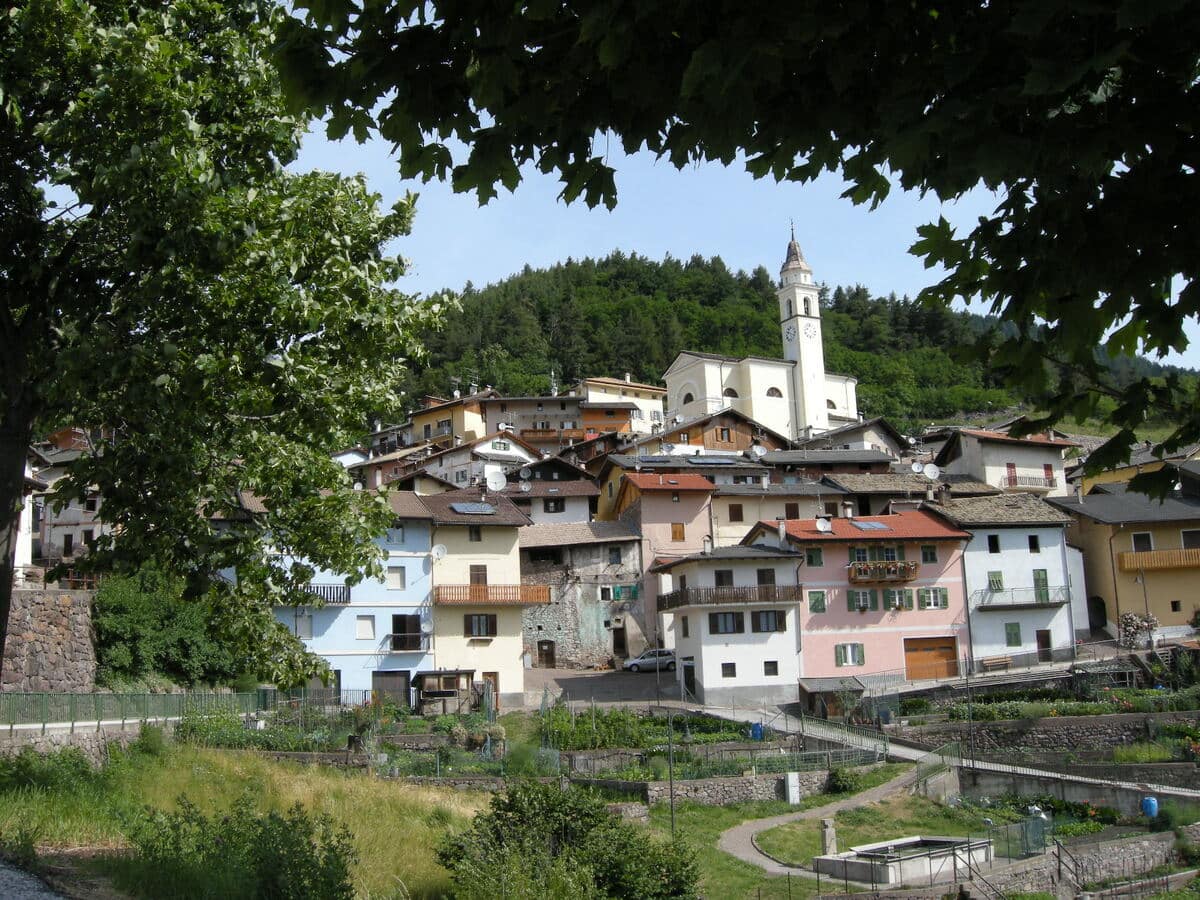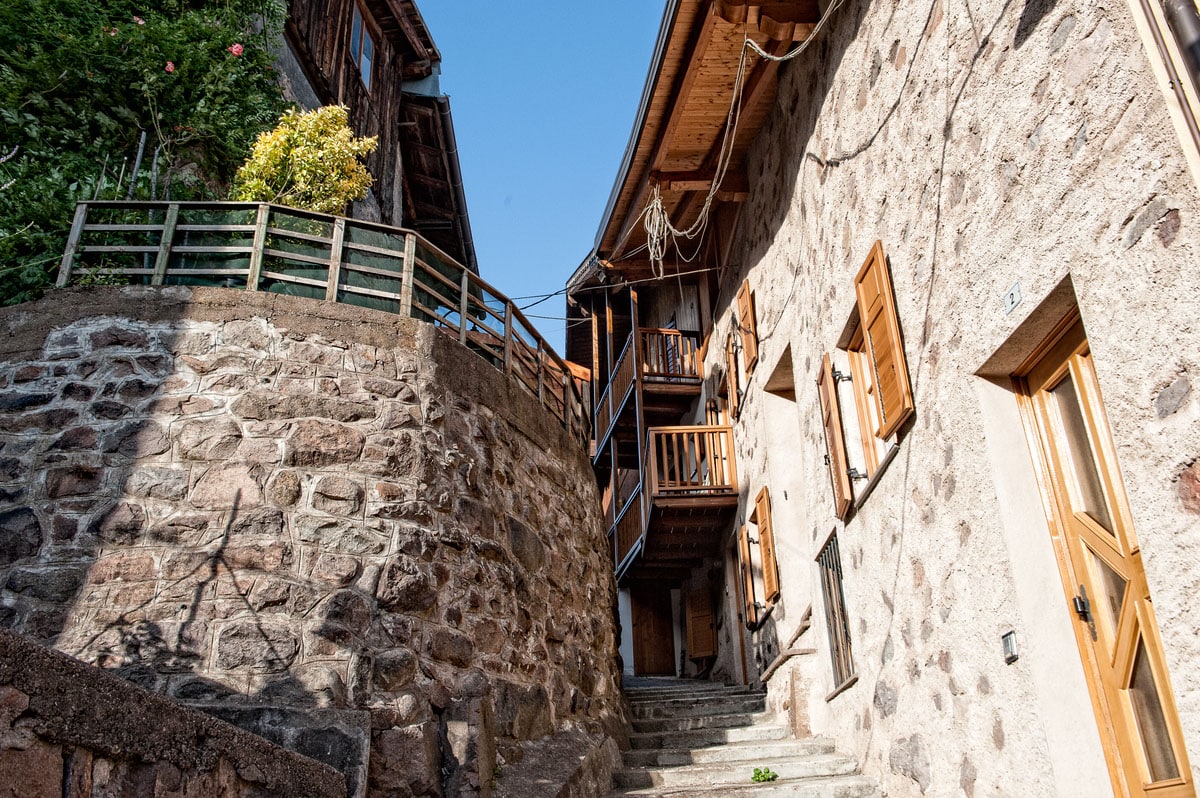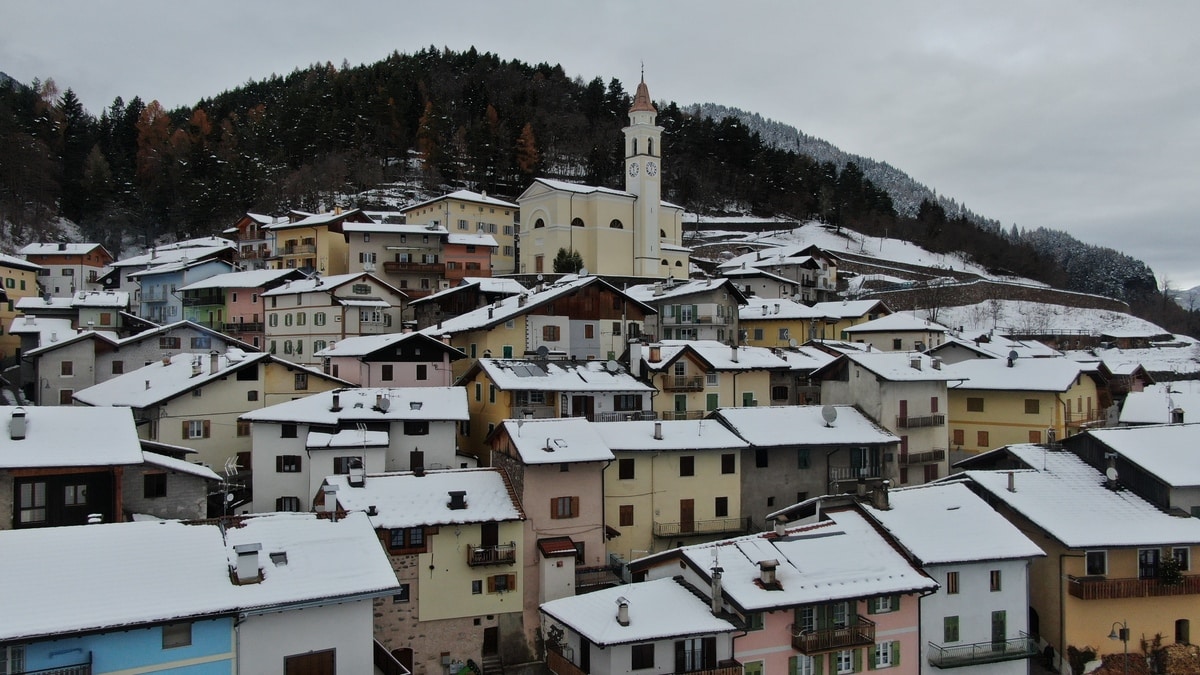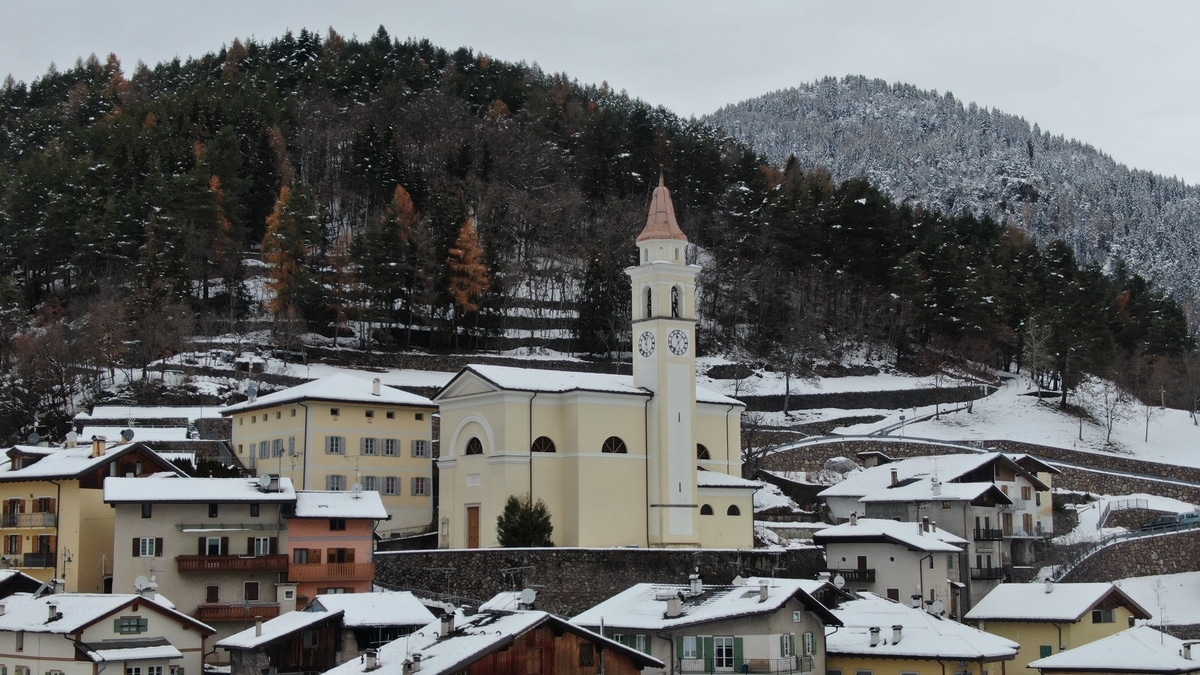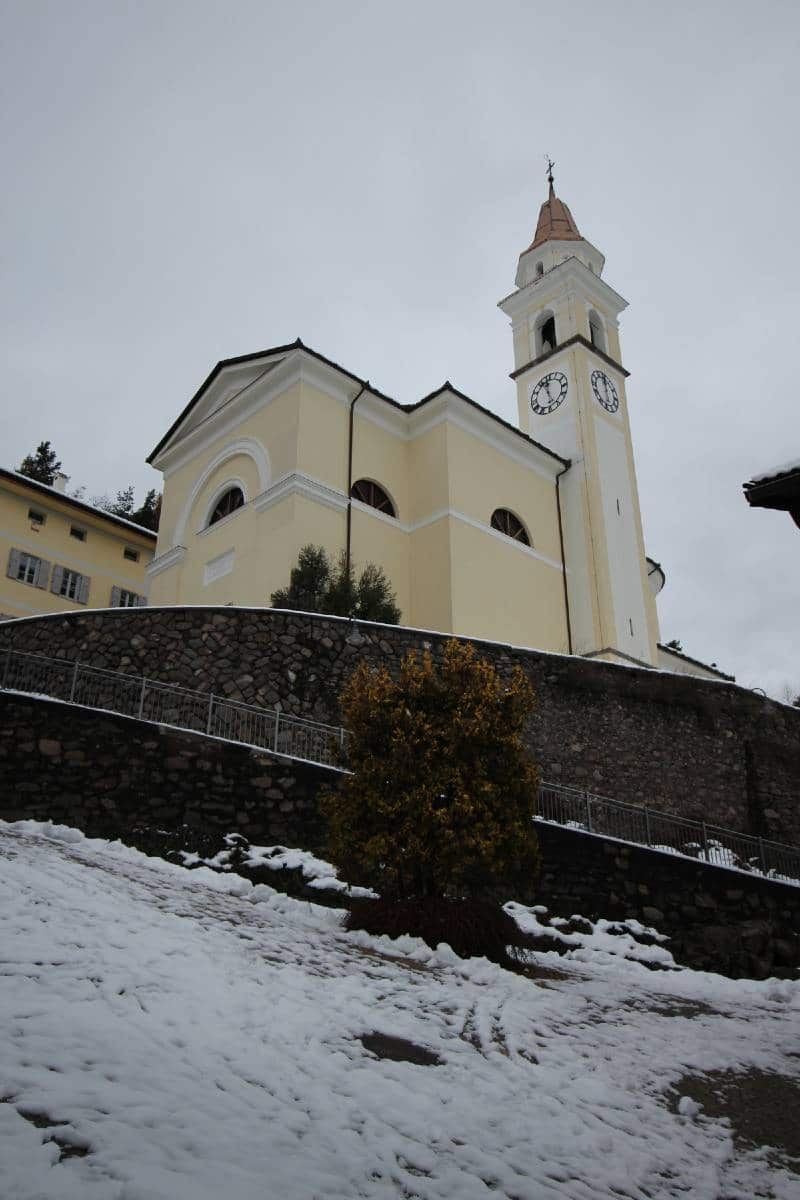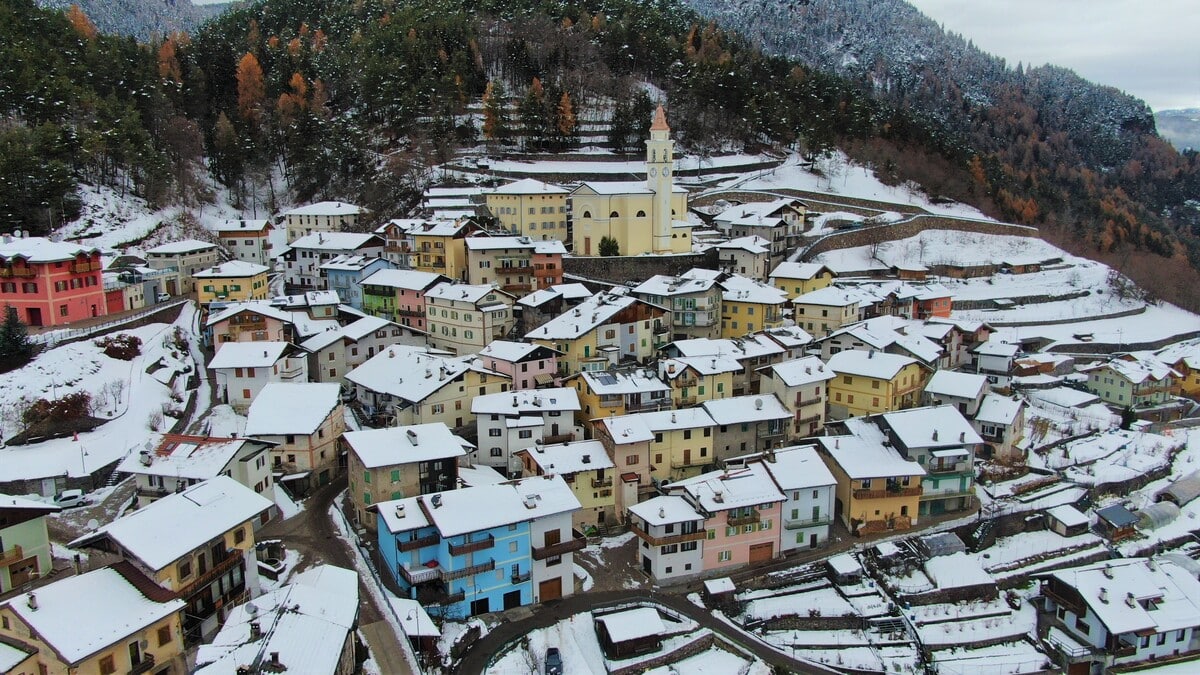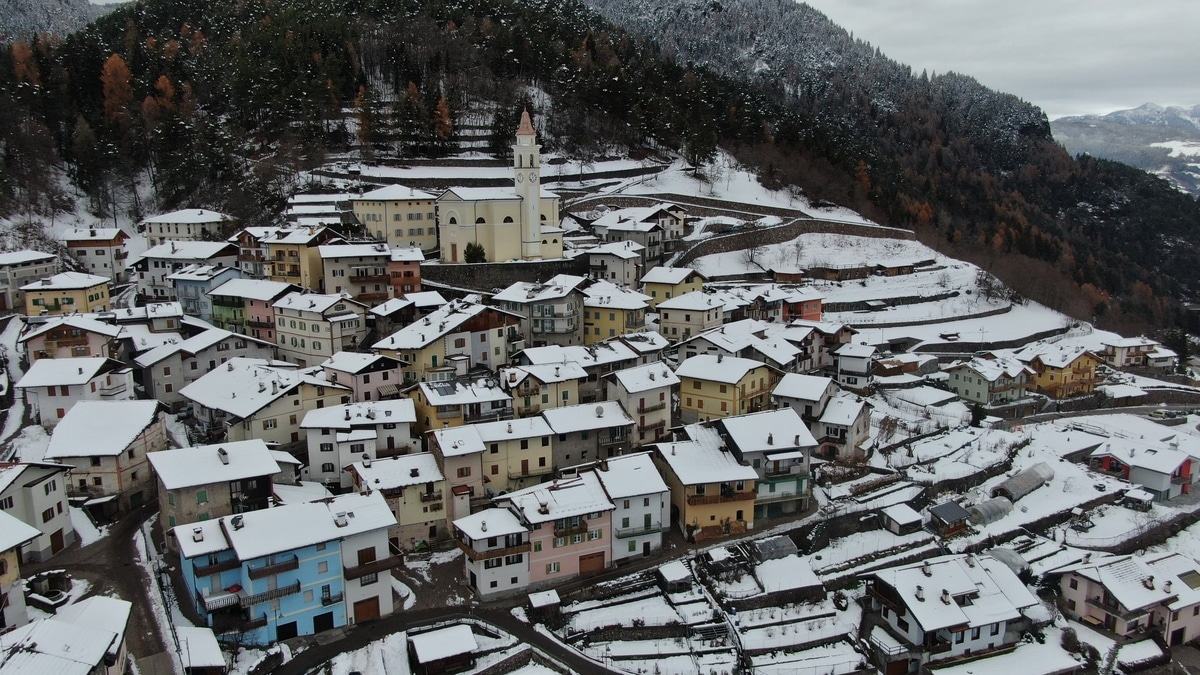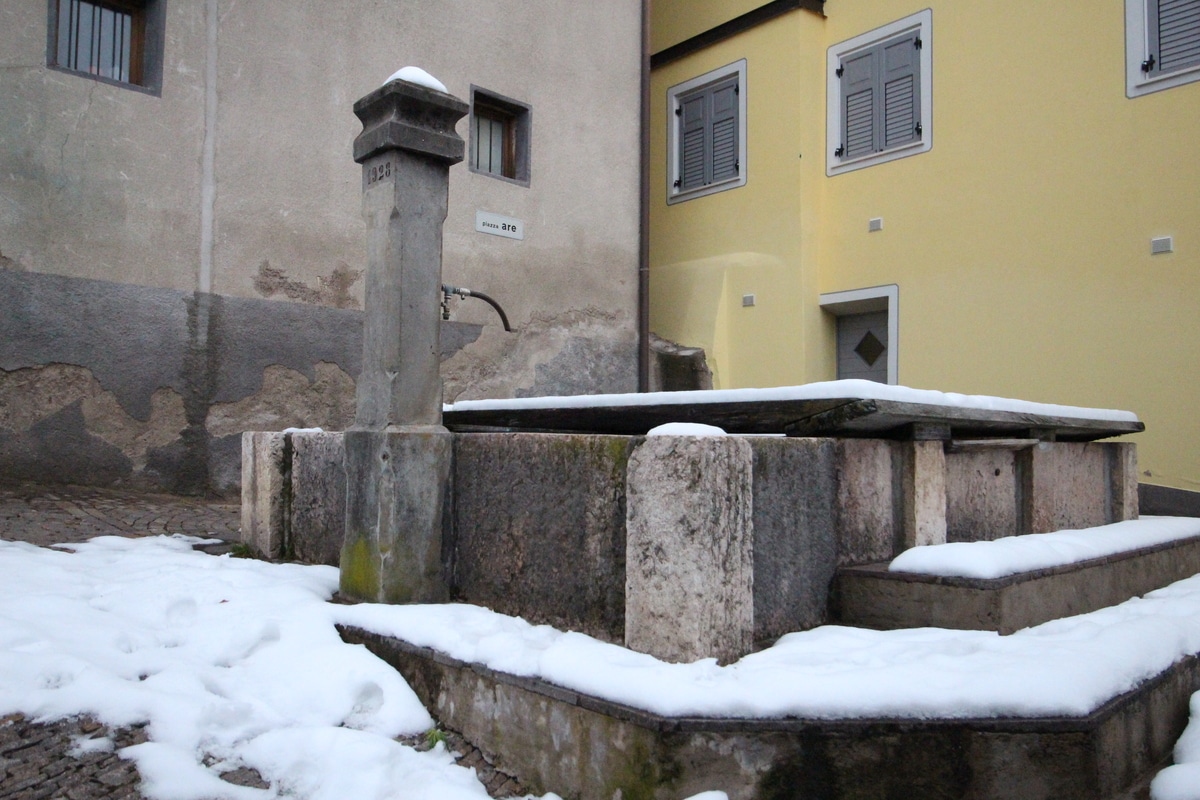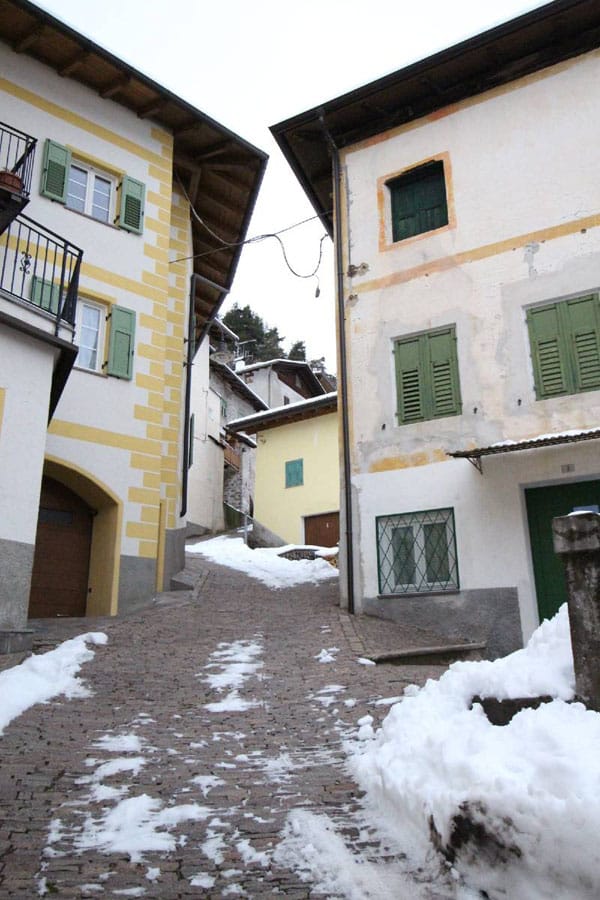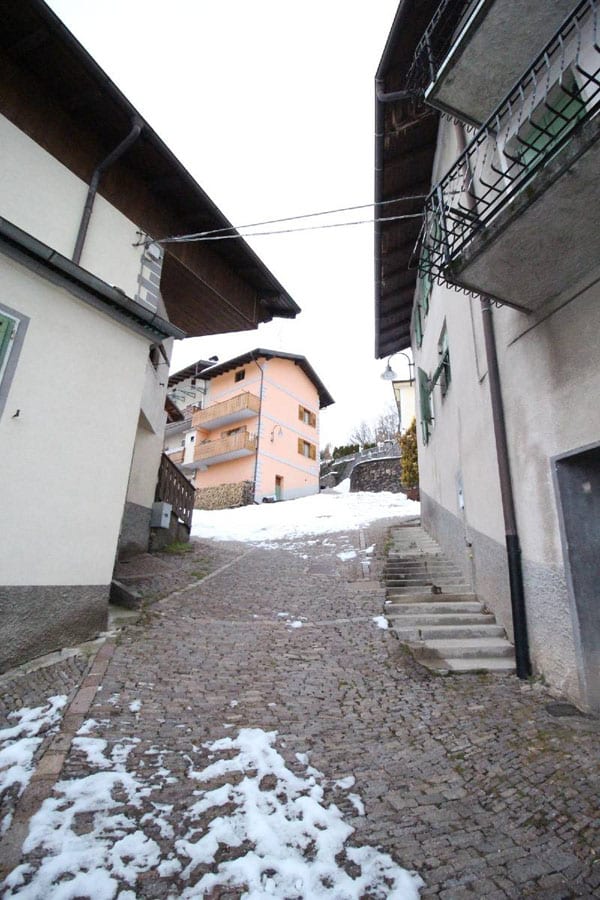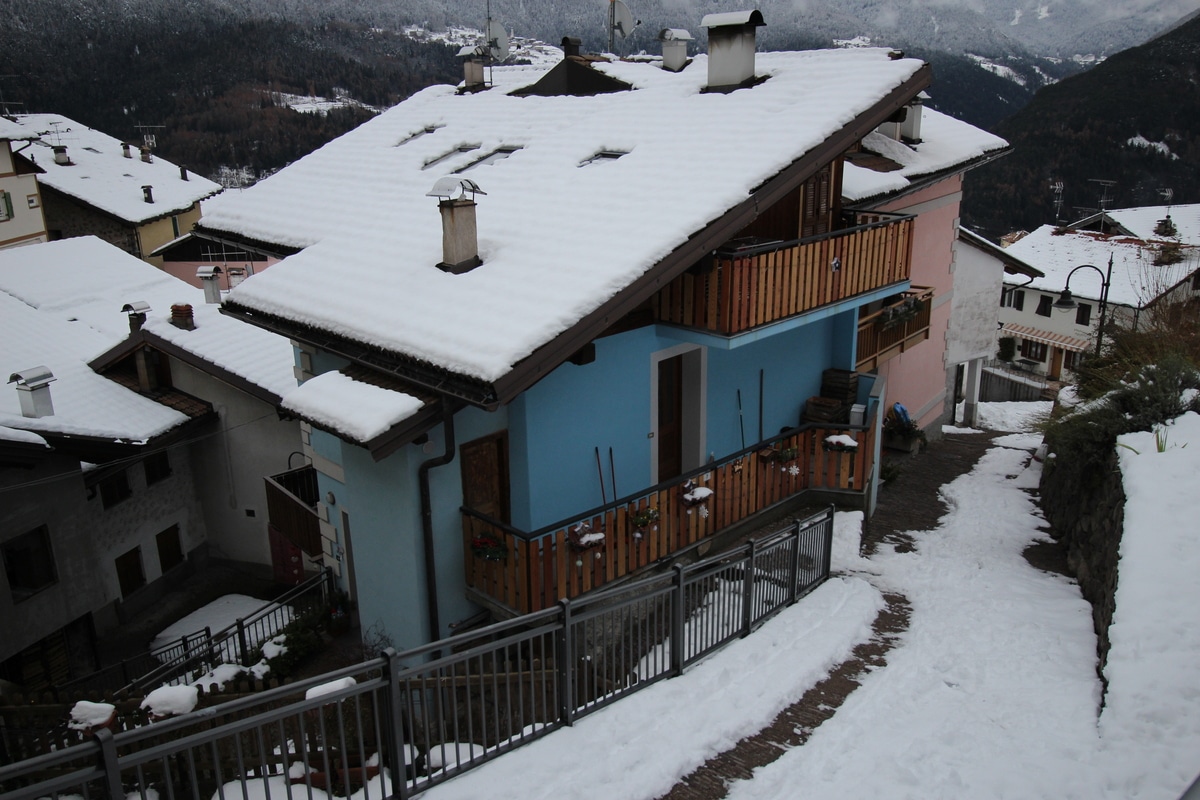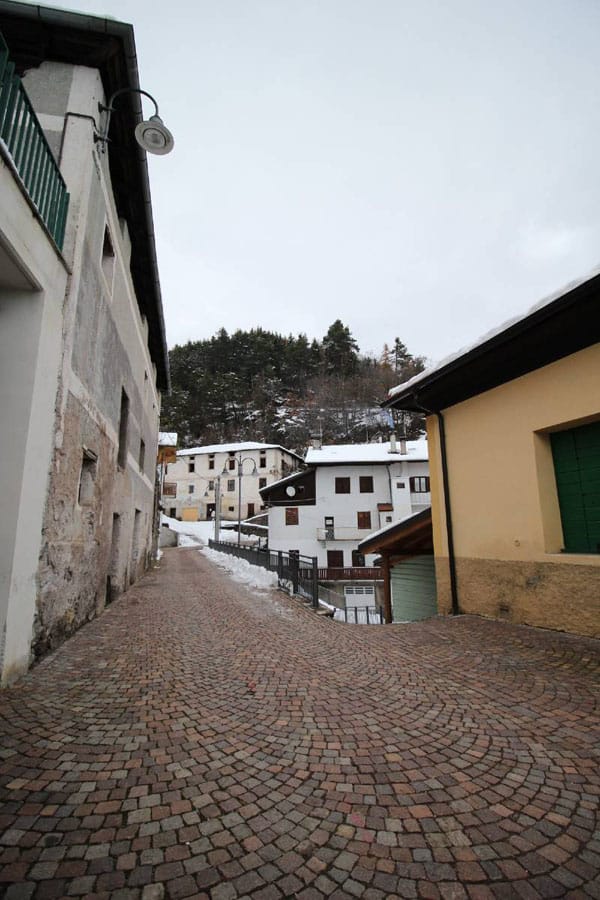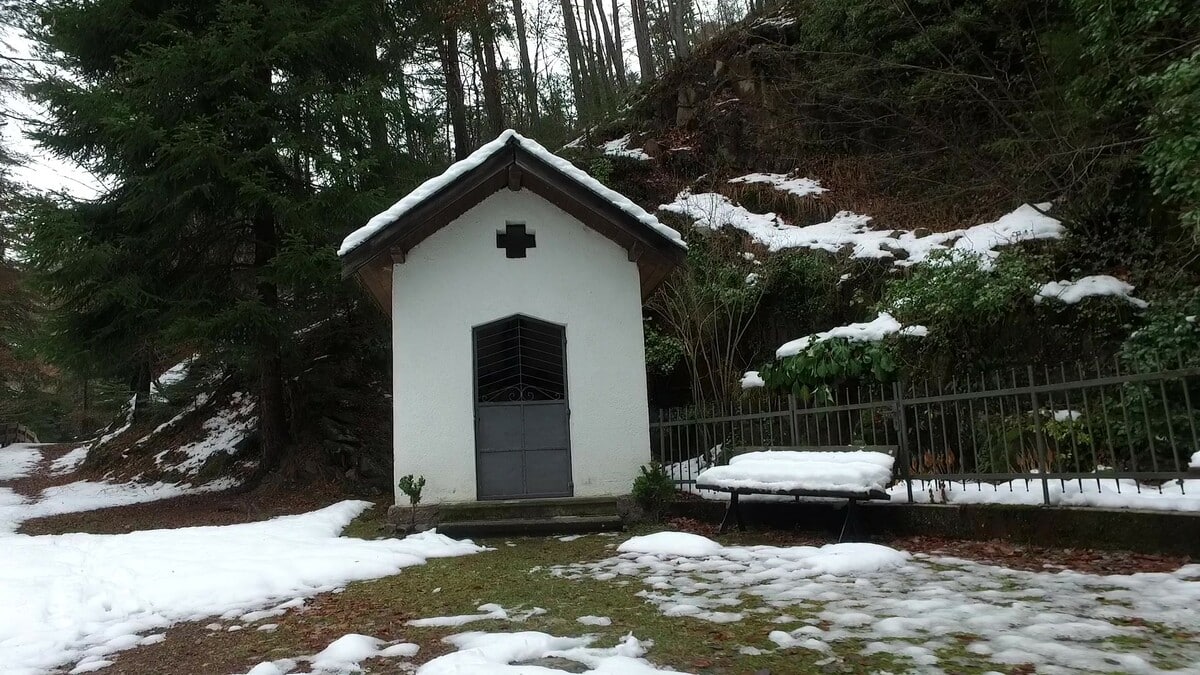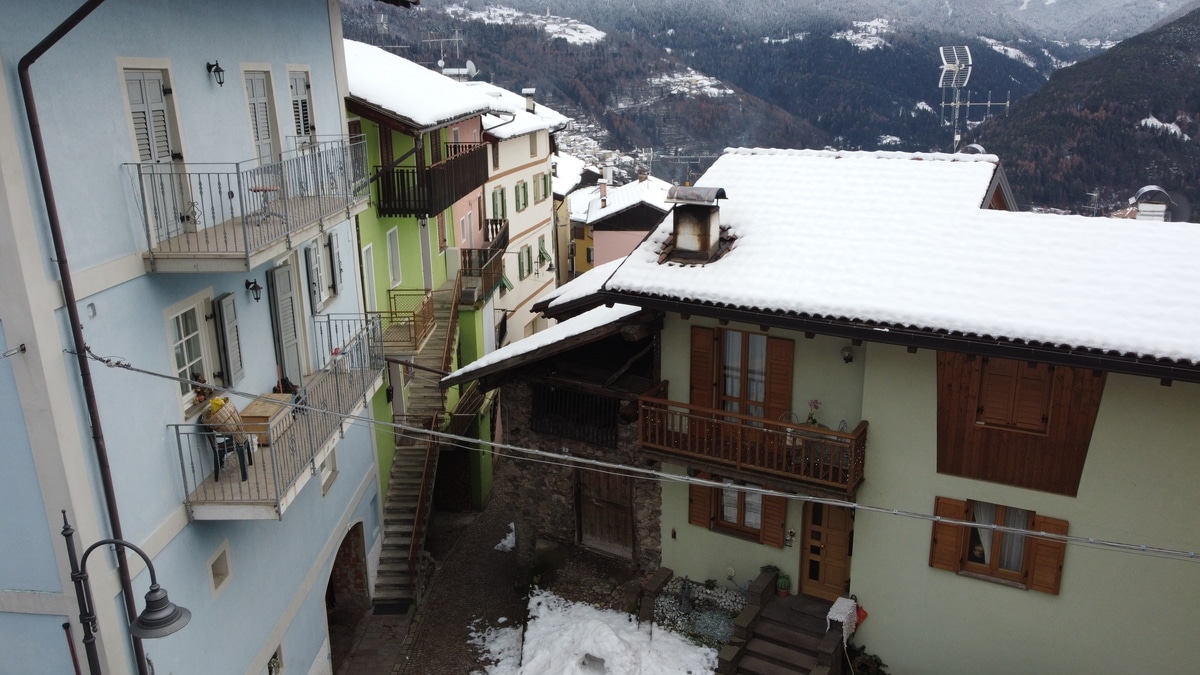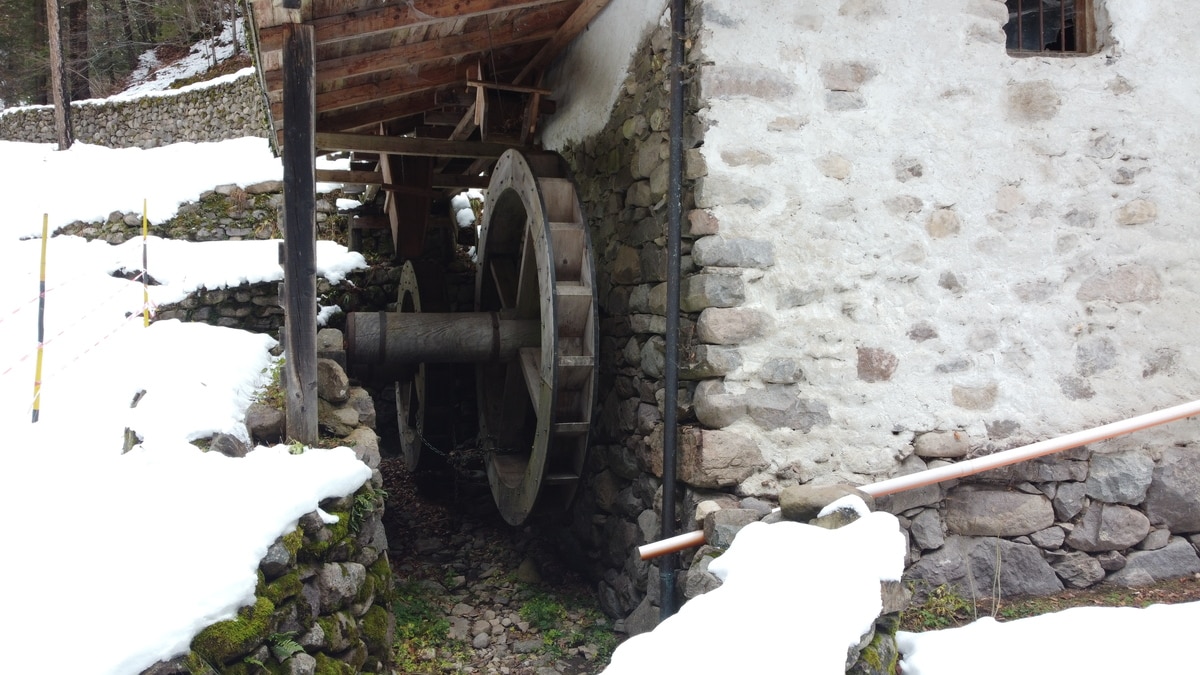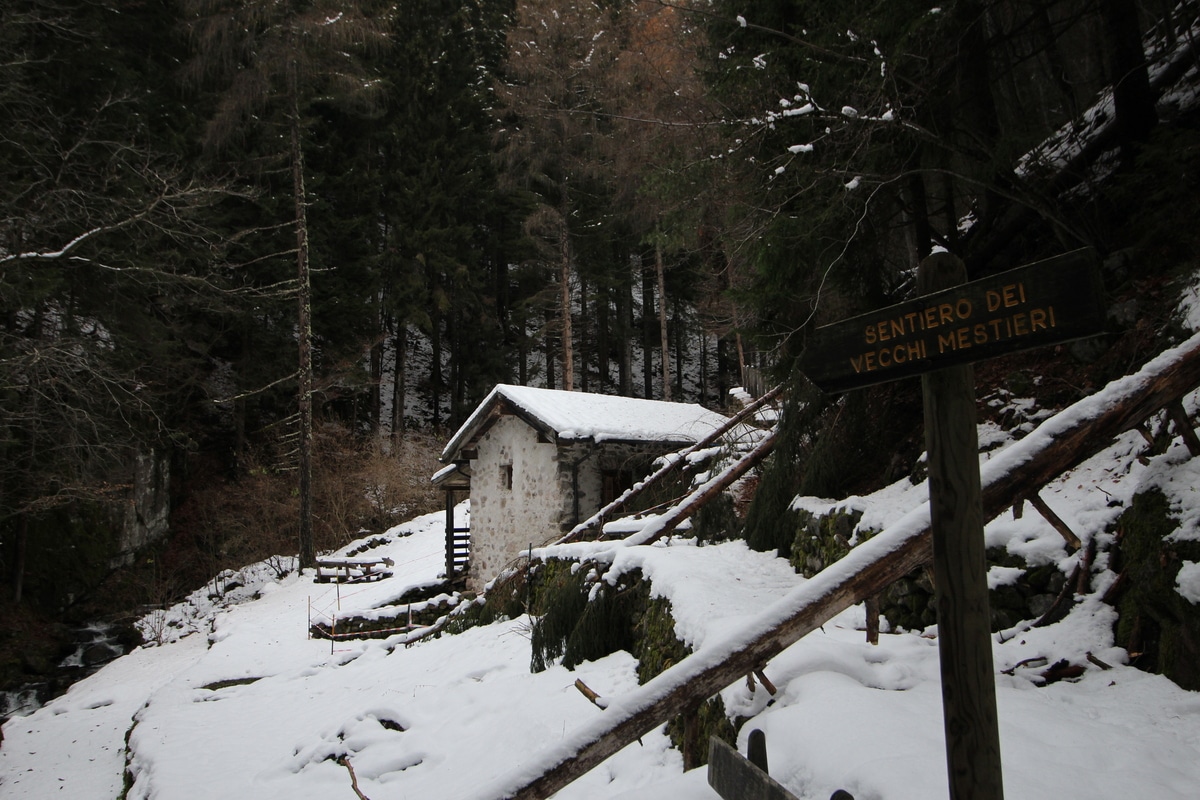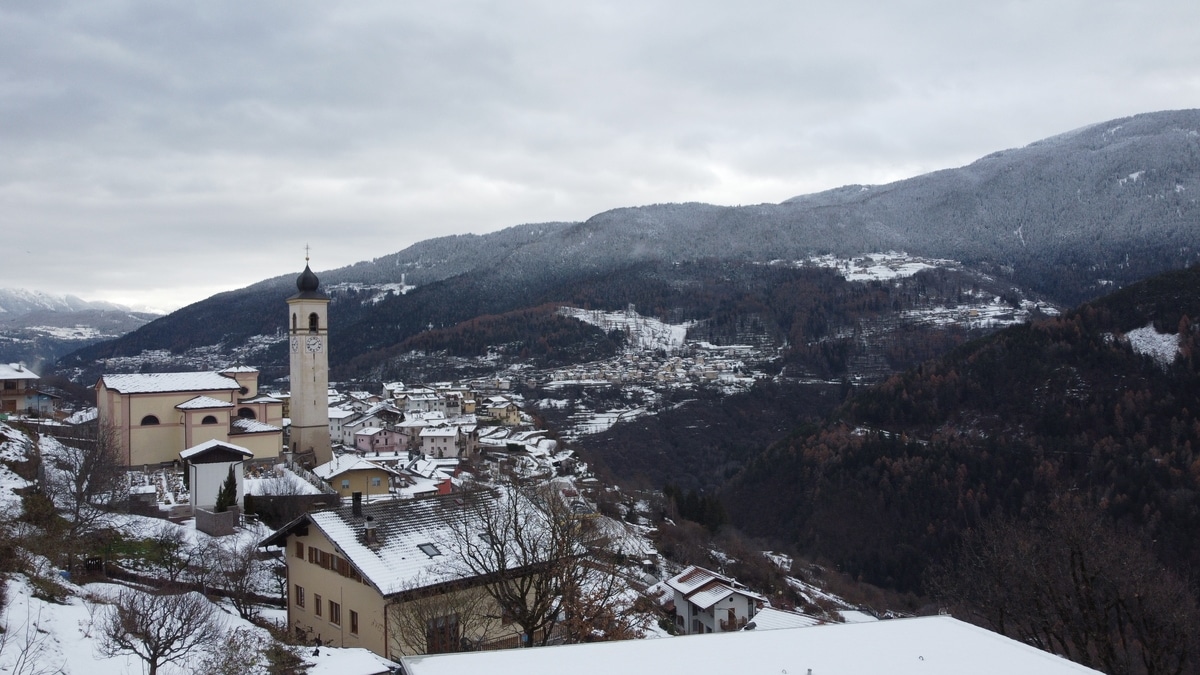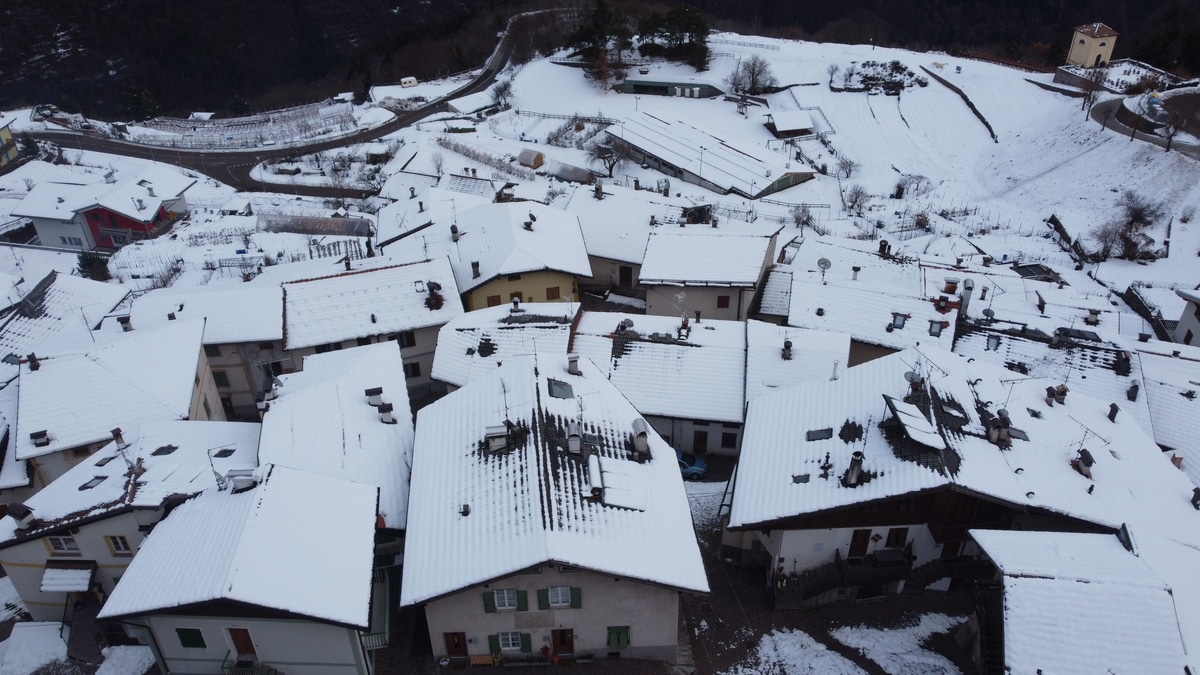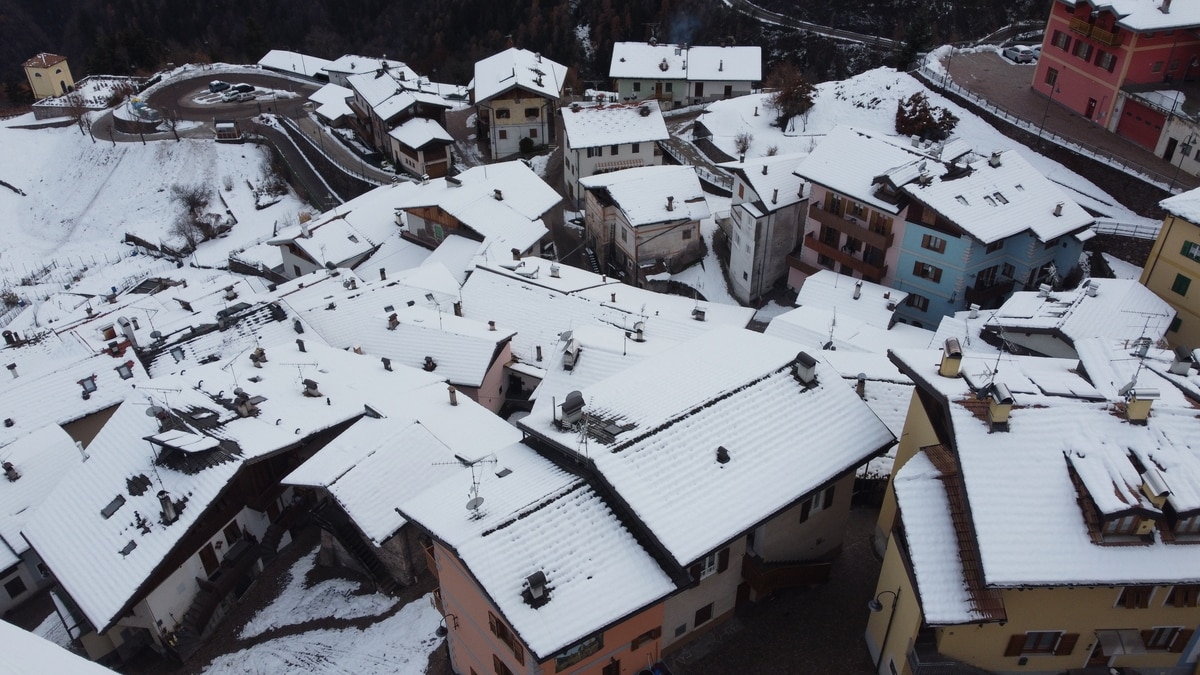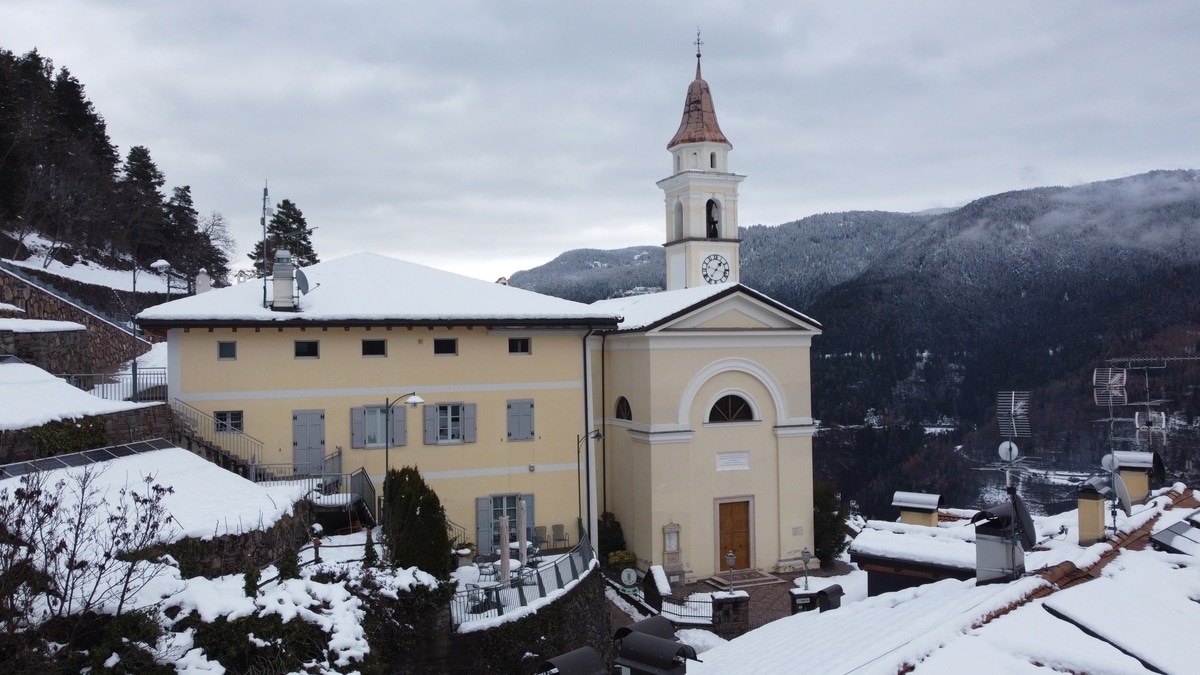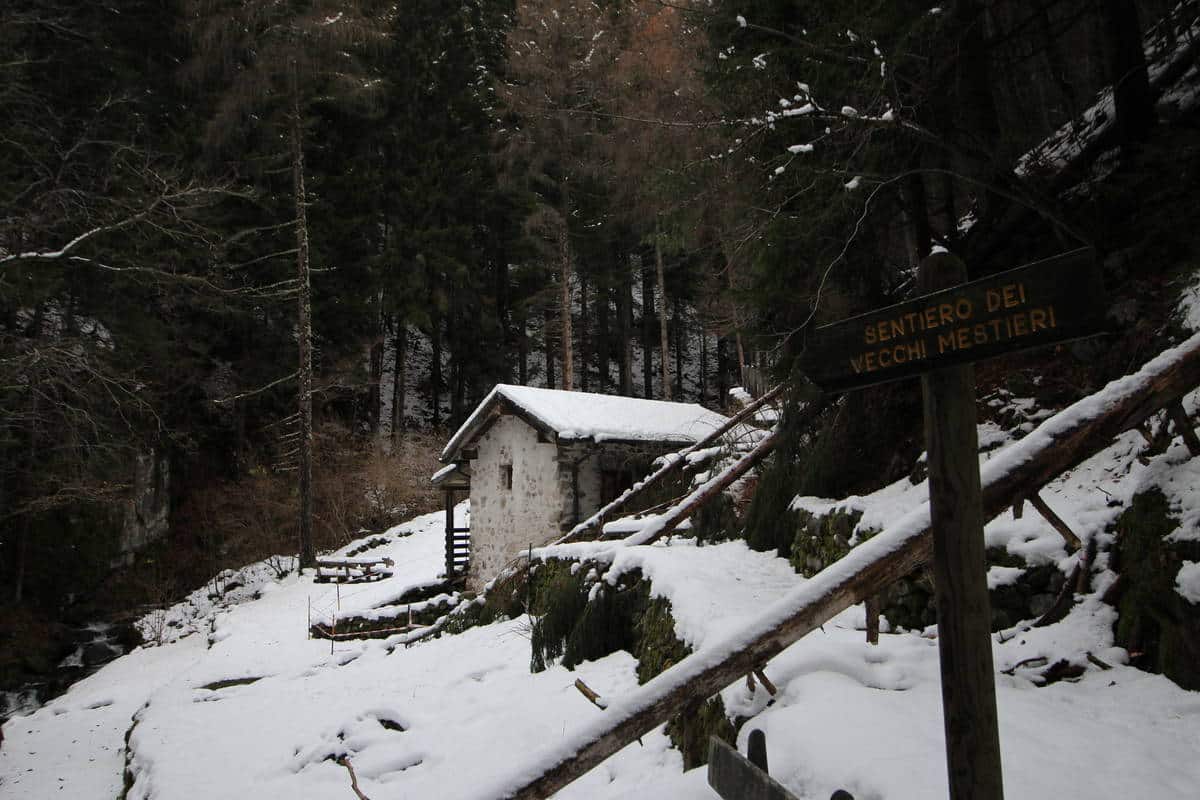This village in the Cembra Valley is situated in the north and is ideal not only for hiking but also for trekking and mountain biking. It has just 150 inhabitants and is located on the right-hand side of the river, but it has a very particular architecture with its countless porticoes, fountains and small balconies that characterise those houses that are so close and magnificent that they perfectly encapsulate the perception of a mountain village.
Not many events from Grauno's past are known, but its origin, prior to the Roman period, certainly dates back to the cult of the Reti people.
In the Iron Age and until the arrival of the Romans, it was organised into tribes, one of which was the Cimbri. It is from them that this profound passion for Mother Earth derives and the habit of still practising these rituals linked to the harvest, the good season and its fruits.
Over time, what is noticeable is the love with which the inhabitants have tried to remain faithful to their origins. A characteristic that has remained alive, especially in the mountain villages, which allows us to admire the essential and most intimate life of those who have lived for years in this world among the forests.
What to see
Among the monuments that deserve attention is the church of San Martino, an architectural work dating back to 1863, built on a previous structure from the 11th century and still perfectly stable and well maintained. There are also beautiful terraces that descend towards the Avisio stream.
Certainly its main characteristic is the structure of the village, there is nothing more beautiful than getting lost in the narrow streets and admiring the houses leaning against each other. The village is in any case surrounded by thick vegetation and this has always been a source of great wealth for its inhabitants.
Things to do
There is plenty to do, especially for nature lovers who can immerse themselves in the forest by following a path that runs along the bank of the water that cuts through practically the entire area.
The Stelvio National Park to the south and the Tessa Regional Park, which is smaller but just as characteristic, are definitely worth a visit.
The idea is to organise a visit to Grauno by bike, so that you can start from the heart of the town and then descend through the woods to the adjacent areas, following the grassy paths along the river. It is a wonderful experience immersed in nature, especially during the spring period when the splendid blossoming and ripening of the fruit involves the whole valley.
For those who love long walks, the itinerary towards Curon is very suggestive, moreover it is also possible to choose a route to do by car, which lasts about 90 kilometres but connects Merano to Resia and is really spectacular because you can see all the highest peaks that exceed 3000 metres.
Despite the fact that Grauno is a small village, there are many taverns that allow visitors to taste the best of the local tradition, such as pork fillets with chanterelles, canederli with broth and goat butter, pasta with cream and speck smoked over a fire and, of course, good local wine.
The most important event: Carnival
One of the most important events for which Grauno is so famous in the whole of the Trentino area is Carnival, which is celebrated according to ancient tradition with a full programme of events that could make a large city envious.
The whole tradition retraces the events of the past, which have remained practically unchanged. The programme culminates on Shrove Tuesday with a very important ritual: the pine tree, which is considered fertile and a sign of good luck, is set on fire. In addition, there are many events for adults and children who come from all over to see these ceremonies.
Carnival even begins at midnight on the Epiphany, when the townspeople go into the woods to cut the pine trunks and take them to the four fountains to dry. On the Saturday before Shrove Tuesday, the crowd goes up the mountain and cuts down the oldest plant, which is pointed out by the forest ranger. The pine tree is then taken to the village and united with the others, where it lies until Shrove Tuesday. Of course, today the festival has taken on regional character with dancing, singing and lots of local street food.
However, it is amazing to admire all the excitement in the village during these special days. In the past, it was even forbidden to work during these days in order to fully experience the passion of Carnival.
In addition, there is always an impromptu play, a comedy in which actors take part in the centre of the village, torches light up the streets and wine is transported to the heart of the festival for everyone. After the procession, the Hail Mary and the party, the actual bonfire comes to life, which is certainly the most beautiful and evocative tradition to be experienced in the town.


